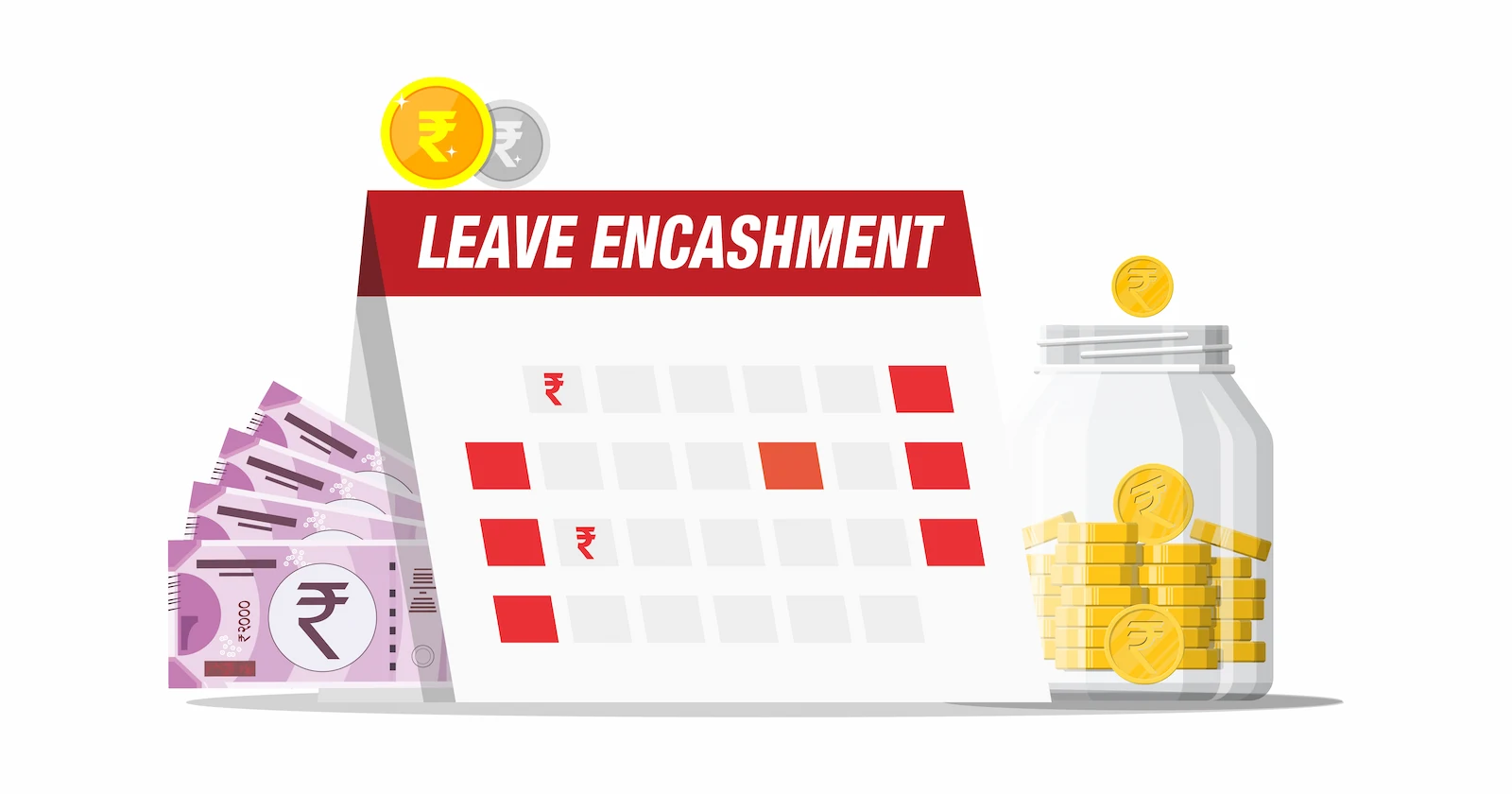Every salaried employee is entitled to leaves like casual leave, sick leave, privilege leave, or maternity leave, etc. Most of these leaves can be carried forward to the following years if the employee does not use them.
Many enterprises and all government organizations allow an employee to carry these leave days forward up to their retirement or resignation. If such a facility exists, it is likely that at resignation or retirement you will be eligible to give the leave days back to the company and earn money instead. This process is called as leave encashment.
Is leave encashment taxable?
Any leave can be cashed at any time during service, at retirement, or when a person quits the job. When cash is withdrawn within the service period, it is completely taxed and counts as salary income. However, under Section 89 of the Income Tax Act, some tax exemption is available.
Tax on Leave Encashment
The following conditions are applicable while considering taxation on leave encashment:
- If a person is a government employee (be it state or central) – he/she will not have to pay any tax on the leave encashment income at the time of resignation or retirement.
- If a person is working in the private sector, the leave encashment after retirement or resignation is taxable as “Income from salary”. However, certain tax exemptions are provided under Section 10(10AA).
- If a person encash leaves while still working in the company, then the amount is subject to taxation without any exemptions.
Leave Encashment on Resignation – Leave encashment received at the time of resignation is either fully or partially exempt depending upon the category that an employee falls under. This has been explained further below:
- Leave encashment received by central and state government employee at the time of resignation is fully tax exempt.
- Leave encashment received by legal heirs of deceased (dead) employee is fully tax exempt.
- Leave encashment received by non-government employee is tax exempt based on the computation provided under Section 10(10AA)(ii) and balance amount (if any) is taxable as ‘income from salary’.
Leave Encashment on Retirement – Leave encashment received at the time of retirement is either fully or partially exempt depending upon the category that an employee falls under. This has been explained further below:
- Leave encashment received by central and state government employee at the time of retirement is fully tax exempt.
- Leave encashment received by legal heirs of deceased (dead) employee is fully exempt
- Leave encashment received by non-government employee is exempt based on the computation provided under Section 10(10AA)(ii) and balance amount if any is taxable as ‘income from salary’.
Leave Encashment while in Service - Accumulated leave can also be encashed during service. Any leave encashed during service is fully taxable and forms part of ‘income from Salary’. Having said that, tax relief under Section 89 can be claimed.
Leave Encashment on Death - In case the amount of leave encashment is given to legal heirs of deceased employee, it will be fully tax exempt.
Encashment of Earned Leave - Leave encashment denotes an amount of money obtained in exchange for a period of leave not availed by an employee. At the period of retirement, the encashment of acquired leave can be taken by the employee.
Leave Encashment Tax Exemption under Section 10(10AA)
After resignation or retirement, an employee in the non-government sector can avail tax exemption from the income tax payment on the part of the leave encashment income. Exemptions are provided according to the lowest of the following amounts:
- Average salary (Basic + Daily allowance) of the last ten months, before to resignation or retirement
- The actual amount of leave encashment
- ₹ 3 Lakh
- Cash equivalent to the pending leave days (leave allowance x average salary per day)
For instance, Ms. Nikita resigned her job from a private company after 18 years. Nikita received a leave allowance of 40 days in a year; this added up to 720 leaves in her complete term. She took 500 of them as leaves, which left her with 220 days for encashment. After calculation, it was found that she will receive ₹ 2,64,000 on retirement. Her basic salary with Daily Allowance (DA) in the last year of her service was ₹ 36,000. We can calculate the tax exemption on her leave encashment by adding together the four amounts above:
- ₹ 3,00,000
- Actual Leave Encashment = ₹ 2,64,000 Lakhs
- Average Salary of the last 10 months = ₹ 3,60,000
- Cash Equivalent of the pending leave days = 220 x 1200 = ₹ 2,64,000
So, Ms. Nikita will get an tax exemption of ₹ 2,64,000.



Comments
r